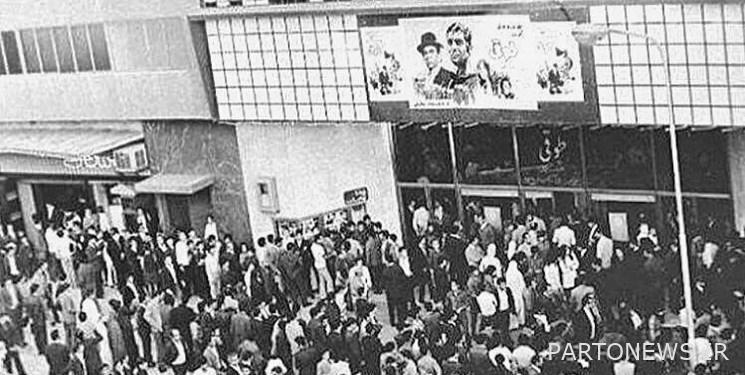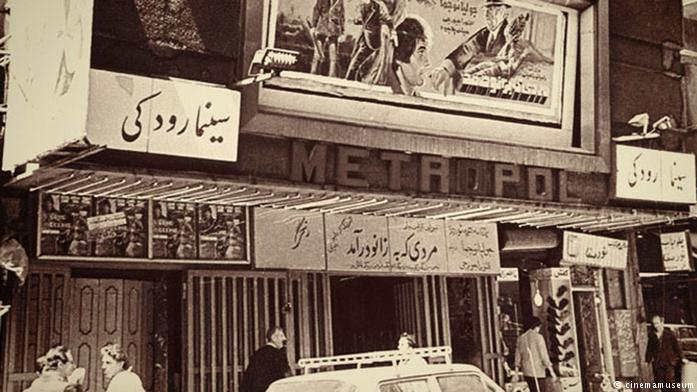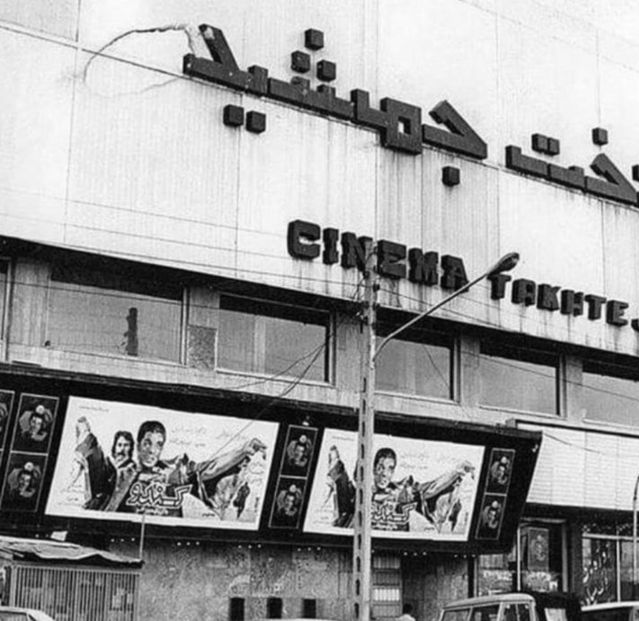“Iranian Cinema”; In the name of “people”, in the name of “cinematographers”!

Fars News Agency, Cinema Group: Cinema owners always make the most of making and showing movies, and this is not what cinemagoers have achieved today. With the spread of the culture of going to the cinema among the people of Iran, the people who owned the cinemas somehow became the new generation of the rich.
About 50% of the profits of each film that was shown in the country’s cinemas went to the pockets of cinema owners, and this cycle made them richer every day. Perhaps it is not bad to take a look at the issue of cinematography in pre-revolutionary cinema.
“Cinema Owners”; The main attractor of profit!
It has always been said that among all those involved in cinema, cinema owners have attracted the most profit from filmmaking. Cinema owners accounted for an average of 50 percent of ticket sales. Cinematographers, unlike producers and filmmakers, were never afraid of economic or artistic bankruptcy. Their capital was a rich source of profit. Successful and active producers could release one film a year, but the cinema owner contributed at least 30 or 40 producers a year.
Apart from that, some cinema owners, under the protection of the Pahlavi government’s commercial policy, began to import films, as foreign films paid the same duties and taxes as Iranian films. In 1975, according to the statistics of the Ministry of Culture and Arts, 720 licensed films were screened, of which only 67 were Iranian films, ie less than 11%. The following statistics, which were announced by the Services Department of the Economic Statistics Office of the Central Bank in 1350, are a diagram of the income of cinema owners.
In 1350, the number of cinemas in urban areas of Iran reached 439 units, which compared to the previous year, had a growth of seven percent. Of these, 120 cinemas were operating in Tehran, 93 cinemas in large cities and 226 cinemas in small cities.

In 1350, people paid about 266 million tomans to the owners of these cinemas (of course, without considering the unbroken tickets that were returned to the box office or the various tricks of the cinema owners that they do to show less sales). In 1350, every Iranian paid an average of 90 rials for cinema. According to the book of cultural studies from the study and planning group of the Cultural Studies and Planning Office of the Ministry of Culture and Arts at the time, this figure, in addition to other expenses such as food and travel, in 1977 was as follows: It shows that about 30% of the people in the study population spend between 100 and 150 Rials every time they go to the cinema. Another group of respondents, with a ratio of 23%, stated that their cost would be between 50 and 100 Rials. The proportion of those who spend 100 to 200 rials is 17%. 13% of the respondents also spend about 50 to 200 Rials. “The proportion of those for whom going to the cinema costs less than 50 riyals and more than 300 riyals is small.”
It is clear that for people, paying 366 million tomans for often very superficial films in 1350 is not a trivial matter. This expands the film market, notably 85% of the country’s cinemas Workers and farmers Formed.

According to the statistics of 1355, the number of Iranian cinemas decreased to 428 units. If we calculate the average price of each cinema as 5 million Tomans, the fixed capital of cinemas was 2 million and 140 thousand Tomans, which, taking into account the working capital, this figure reached 2 million and 350 thousand Tomans. If we allocate 50% of fixed and circulating capital to foreign films, the share of Iranian cinema was 127 million. According to the same statistics, people in the year 350 million hours They saw films, which if we consider 50% of it as the share of Iranian films, is a number 175 million hours it will be obtained.
End of message /
You can edit this post
Suggest this for the front page

